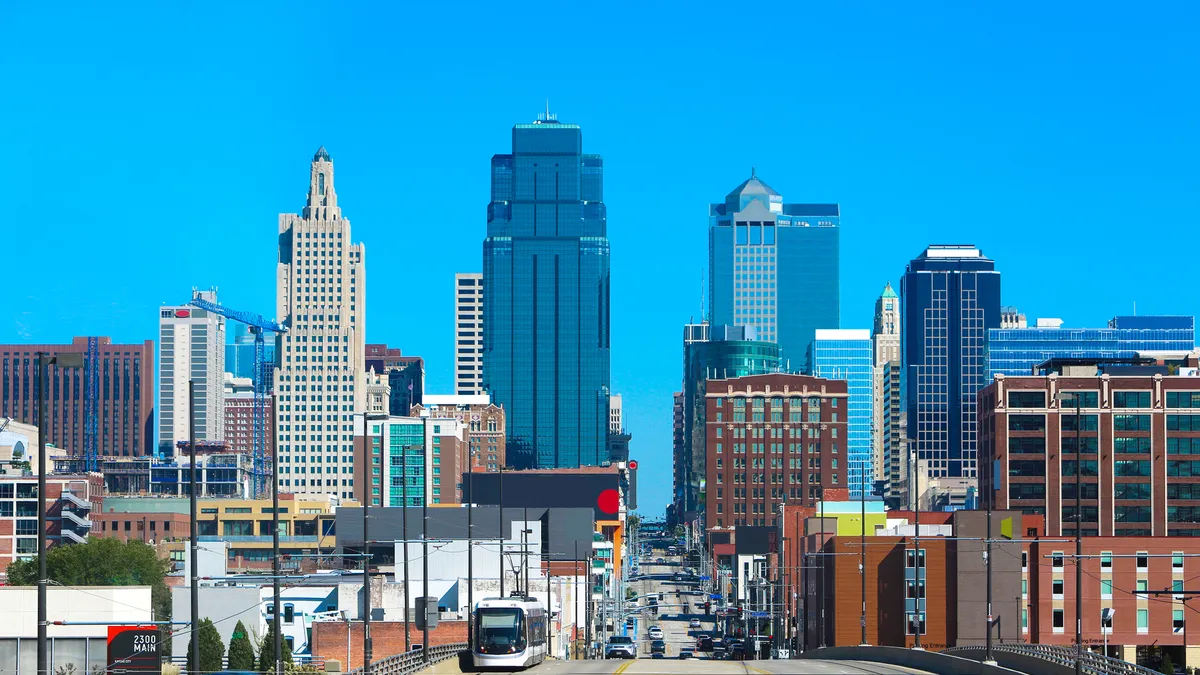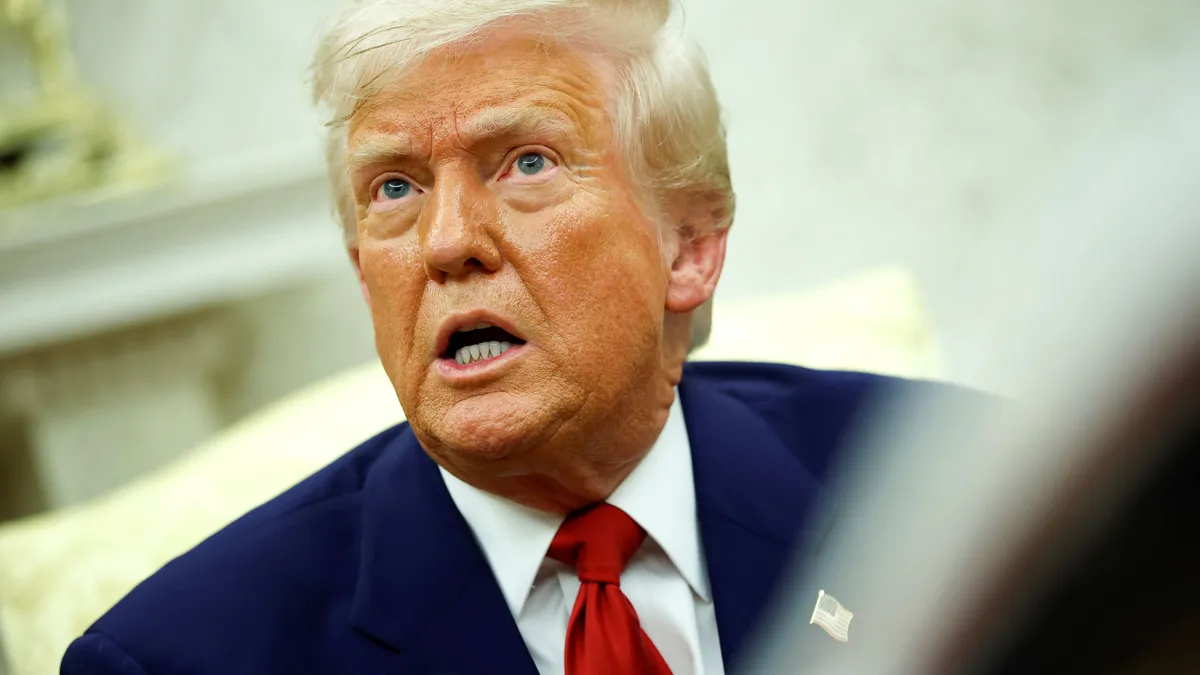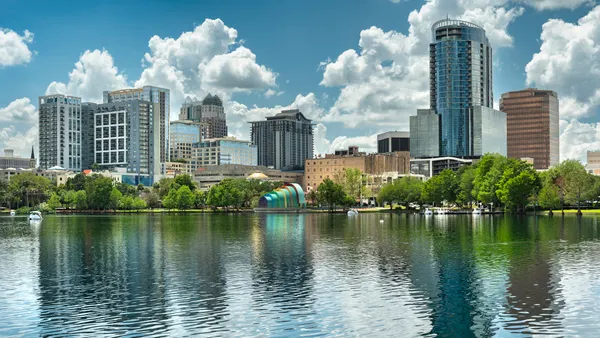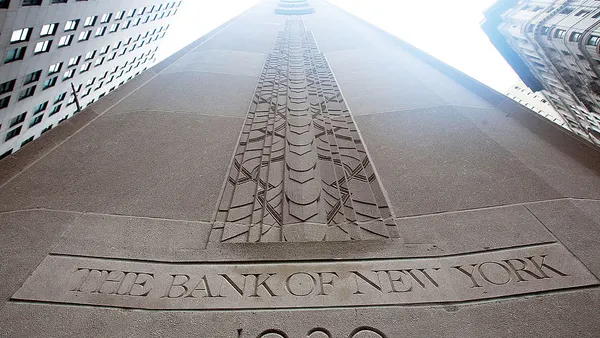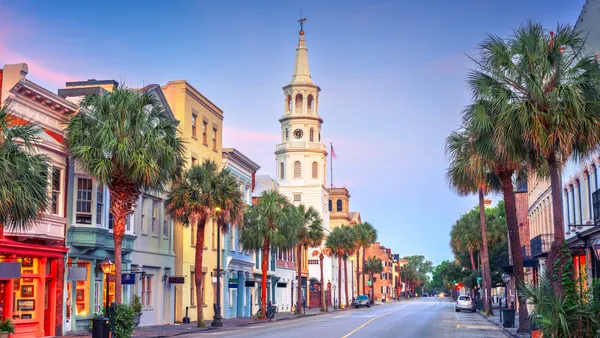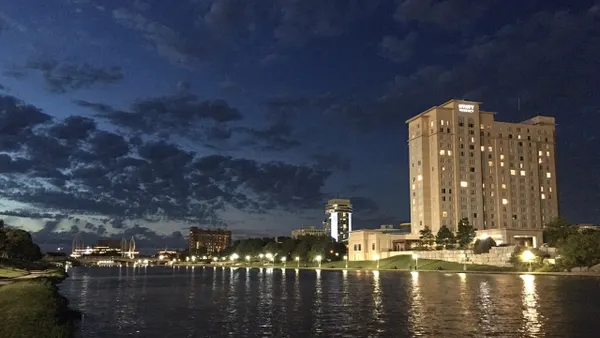The Federal Reserve has approved Kansas City, Missouri-based UMB Financial’s proposed acquisition of Denver-based Heartland Financial, the regulator and the companies announced Friday.
The $2 billion deal would boost UMB’s assets by more than 40%, to roughly $65.8 billion, with about $54.7 billion in deposits. That would make the Kansas City lender the 46th-largest bank in the U.S. The transaction will also more than double UMB’s branch footprint – to just shy of 200 – and put the bank in five new states: California, Iowa, Minnesota, New Mexico and Wisconsin. That number would be six, but HTLF is selling off its Montana branches.
The approval puts the deal’s closing on track for Jan. 31, the banks said. That matches the first-quarter timeline UMB and HTLF had laid out when announcing the transaction last April.
“Receiving regulatory approvals is another milestone in completing this historic acquisition,” UMB CEO Mariner Kemper said in a statement Friday. “We remain extremely excited about this momentous expansion of our core services and capabilities. … HTLF’s like-minded culture and customer approach are an ideal fit for our business model, our credit and risk profiles, and our associates, customers and communities.”
The banks on Friday also named the five HTLF directors who will join UMB’s board – though none appear to be day-to-day HTLF executives. John Schmidt, HTLF’s independent board chair, will join, as will Susan Murphy, chair of HTLF’s audit committee. Two other newly minted UMB directors work with private investment or private equity firms, and the fifth is the CEO of a tech nonprofit.
HTLF’s CEO, Bruce K. Lee, is expected to retire once the transaction closes. That also is in line with long-running plans. Lee announced last February that he would retire at the end of 2024. The search for Lee’s successor was suspended when UMB offered to acquire the bank and its holding company.
“We’re pleased this step in the process has been completed,” Lee said Friday. “Our complementary strengths ensure we’ll continue delivering the best products, services and expertise to our customers.”
In its evaluation, the Fed said the capital, asset quality, earnings and liquidity of UMBF and HTLF are consistent with approval. UMB, indeed, raised $201.6 million in new capital shortly after the HTLF deal was announced.
The surviving bank would not be overly concentrated in any market or state that it inhabits, the regulator said. The central bank also weighed opinions from the Office of the Comptroller of the Currency (UMB’s primary regulator) and the Federal Deposit Insurance Corp. (HTLF’s), including the most recent Community Reinvestment Act examinations for each, it said.
UMB and HTLF each received “satisfactory” ratings overall, with UMB scoring “high satisfactory” marks on the lending and service tests, and “outstanding” on the investment test. HTLF scored “high satisfactory” on lending, investment and service, the Fed noted.
The central bank did, however, receive one adverse comment alleging that UMB made fewer home loans to Black borrowers in 2022 than White ones.
UMB said the data cited in the comment letter was misleading, adding that it is based on small sample sizes and provides an incomplete picture of the bank’s housing-related lending, according to the Fed.
The commenter further asserted that a high percentage of UMB’s deposits exceed the FDIC’s $250,000 deposit insurance threshold and are vulnerable to potential losses. UMB said the uninsured deposit liability figures cited by the commenter are based on outdated data, according to the Fed.
Friday’s approval is the latest in a growing list of tie-ups gaining final sign-off ahead of a Jan. 20 change in presidential administrations. The Fed gave a green light last month to Florida-based SouthState’s application to acquire Texas-based Independent Bank Group – a deal worth roughly the same as UMB-HTLF. The central bank in December also approved Scotiabank’s application to acquire up to 14.99% of Cleveland-based KeyBank.



